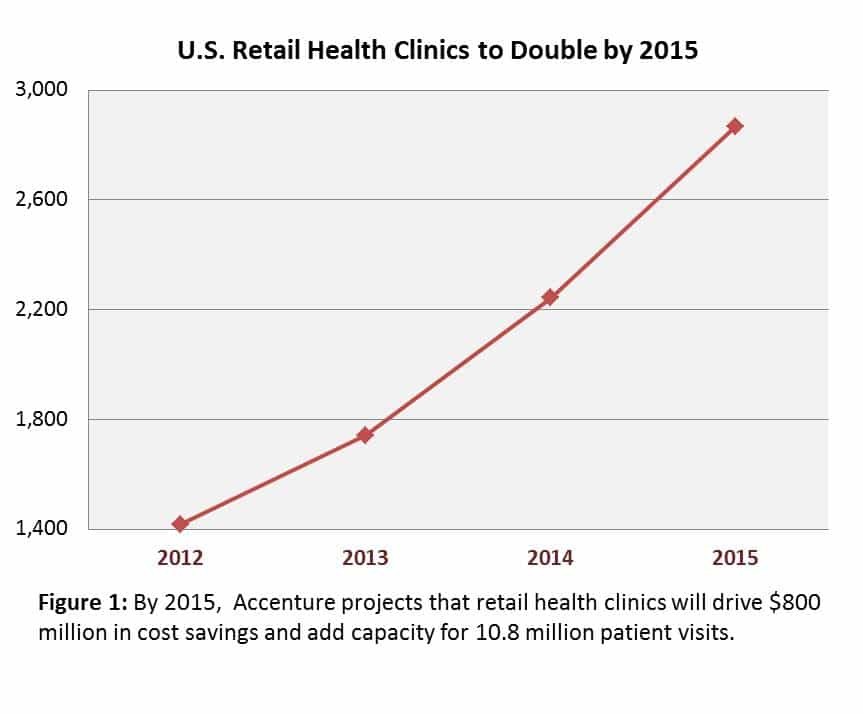What Urgent Care Operators Need to Know to Stay in Business

I recently had the pleasure of attending of both the UCAOA and Pediatric Urgent Care Conferences. It was an educational experience seeing how medical assistance is offered, changing dramatically right before my eyes.
Growing up as a child in the 50s, I still remember when access to doctors was easier and much more accessible. However, as medicine became more corporate and insurance companies took more control, that access became more difficult.
 With the growth of urgent care sector, this access is returning. Now patients can find help immediately and sometimes 24/7 without having to run to an emergency room and wait for hours. Today, even large retailers, like CVS and Walmart are opening up retail health clinics across the country.
With the growth of urgent care sector, this access is returning. Now patients can find help immediately and sometimes 24/7 without having to run to an emergency room and wait for hours. Today, even large retailers, like CVS and Walmart are opening up retail health clinics across the country.
Maintaining Urgent Care Centers and Retail Healthcare Clinics
The sector’s rapid growth and its similarity in a number of respects to the retail industry raises some important issues. The one that was most evident to me was the apparent lack of concern by retail health providers in managing their own facilities. Large retailers deal with this everyday but doctors and clinic operators who might normally have only a few locations do not.
Not all retail health providers have awakened to the fact that when they build these urgent care chains, they are in many ways more like retailers then medical practitioners. They are typically open many hours, including weekends. They have to concern themselves with creating, maintaining and building a brand not just a medical practice. Without doing so, they’re likely to find their growth stymied and possibly their viability threatened.
Why is maintaining their facilities, and hence their brand (i.e. maintaining their ‘Brand Uptime‘) so important? Simply, if the waiting room is not spotless, the patient will not come back. If signage is broken or the property unkept, the patient will likely not even become a patient. With the competition among urgent care centers, she has many options that she didn’t have previously. And if equipment is not regularly inspected, certified and maintained, there can be regulatory or accreditation problems.
Like a more traditional retail setting, the outside of the building is as important as the inside. Customer service becomes just as important as one’s medical bedside manner. As clinic operators learn the importance of maintaining their facilities, they’ll look to benefit from the technology and tools used by retail brands, restaurant chains and other multi-site companies to maintain their healthcare locations and equipment in top order. This is the most important step for urgent care and related health providers to take to drive their business growth.



